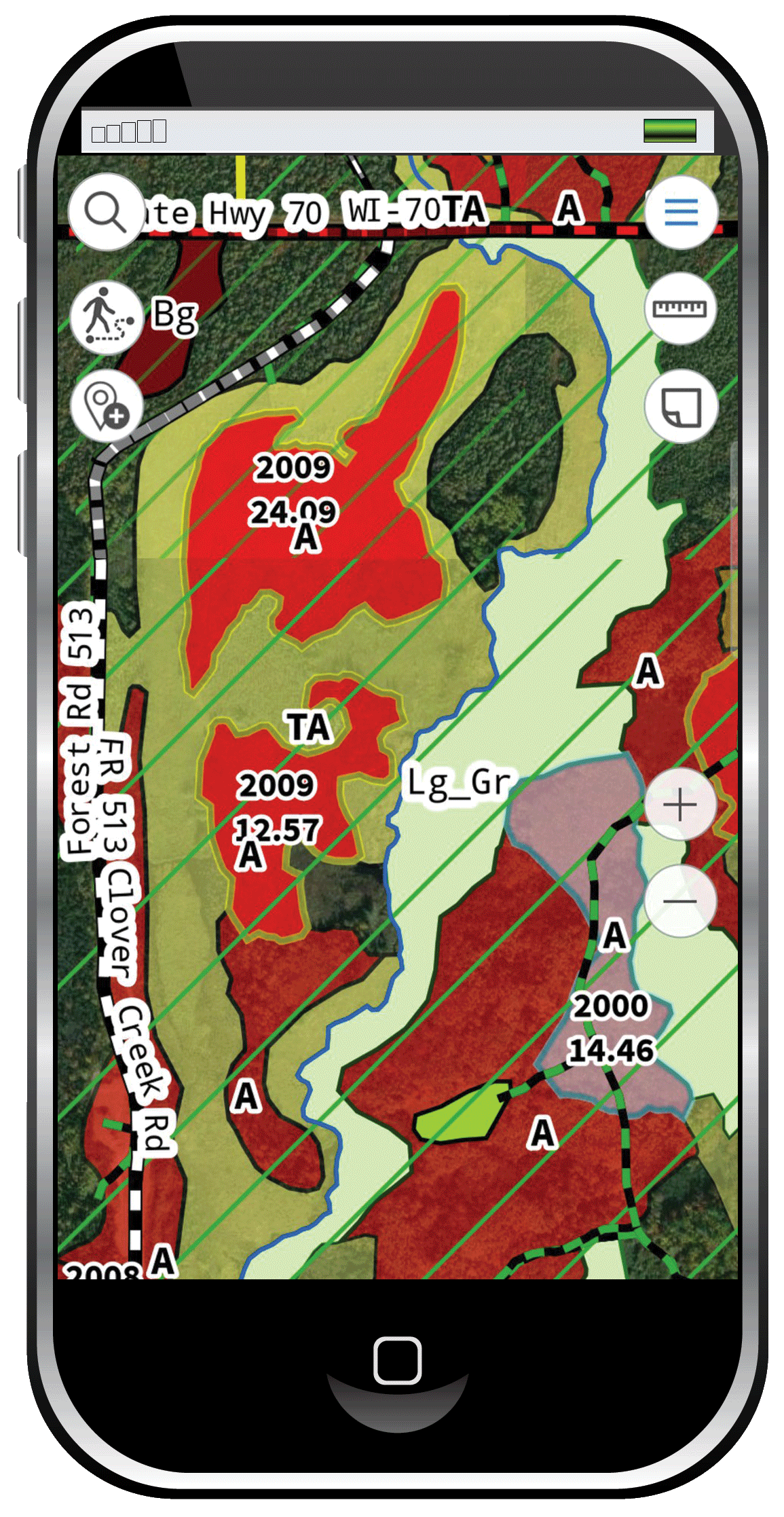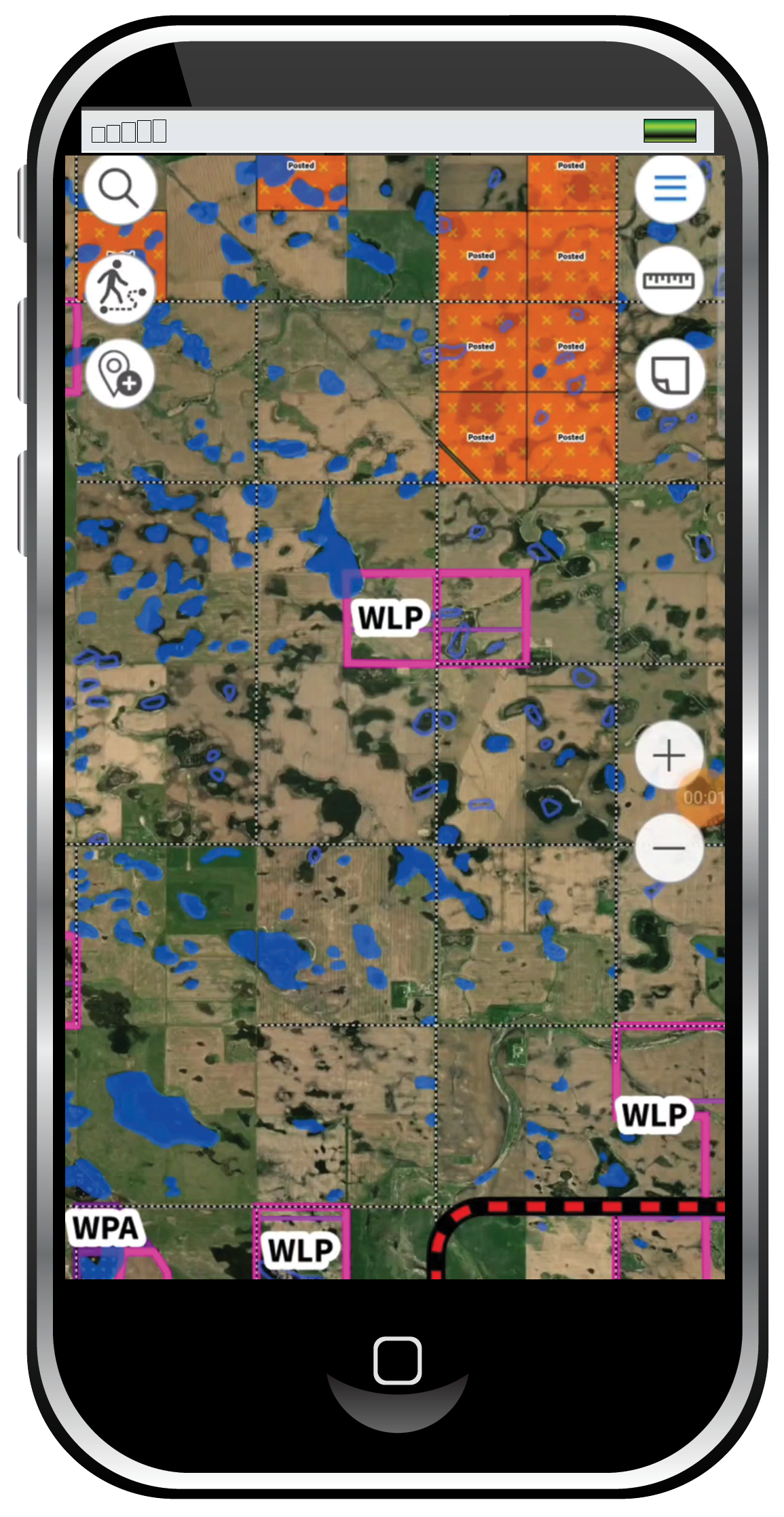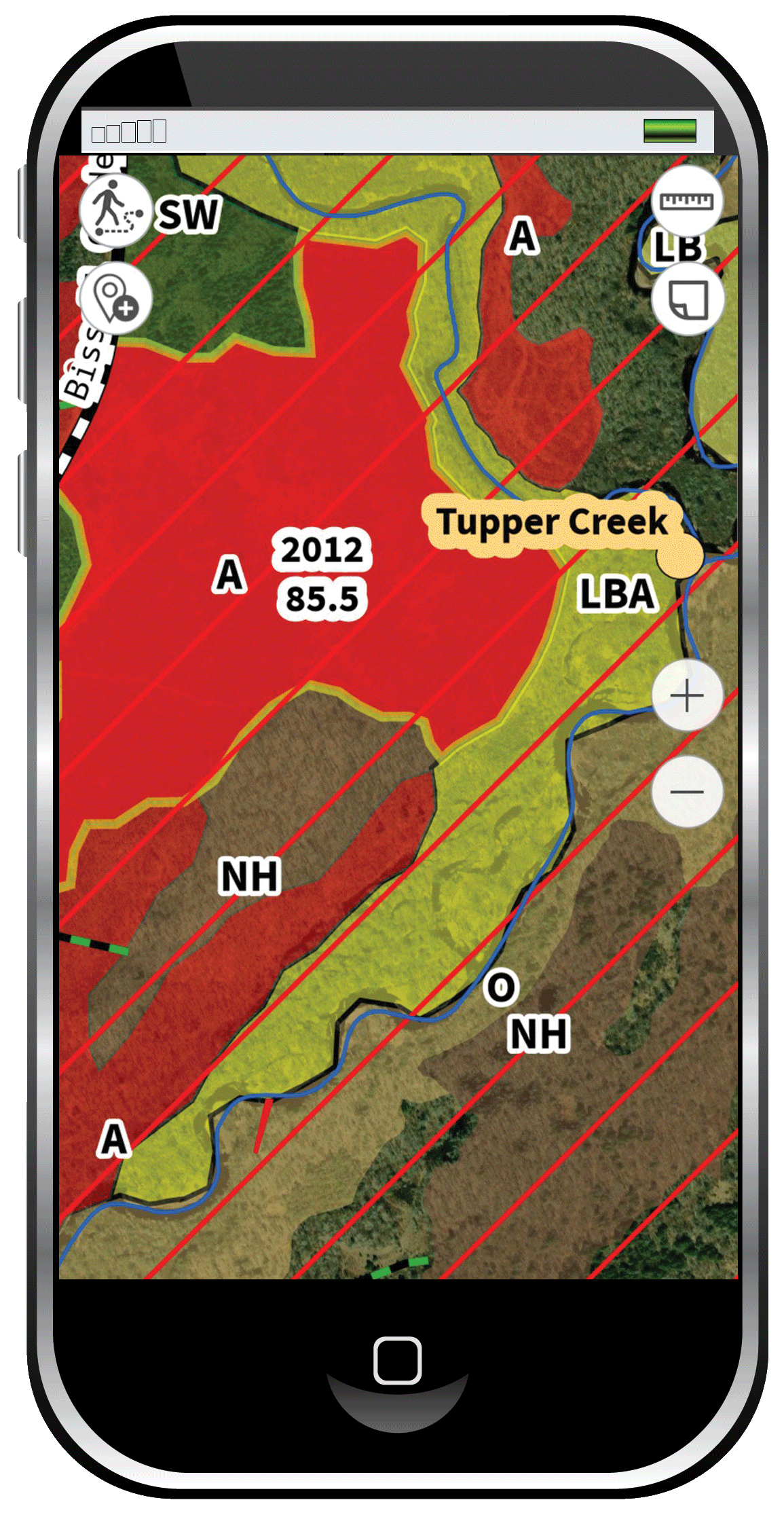Scout-N-Hunt Bird hunting maps of Wetlands
Find water, sloughs and wetland types to identify upland game hotspots
Grouse Wetlands

You’ll often find grouse along the edges of marshes or lowland brush like tag alders. Seeps and creeks are important in dry years. Grouse use conifers for shelter. Conditions will dictate whether you should be looking for birds in the balsams, black spruce or hemlocks.
Pheasant Wetlands

Pheasants love the cover provided by cattail sloughs and lowland grasses, especially those near food sources. Seeps, springs and marshes become very important between rainfalls. Know which areas can hold birds by understanding what the birds need.
Woodcock Wetlands

Worms make up the bulk of the woodcock diet. Expect to find woodcocks where the ground is soft for easier digging. That means marshes and tag alder lowlands. Stands of conifers like black spruce and hemlocks are important and so are young stands of aspen cutovers.
Public Hunting Lands Wetland Data
Use our Wetland map layers to find more birds. Our Map Layering System provides a complete picture for upland bird hunters. Marshes, sloughs and cattail swamps provide food and shelter for upland game. Know where it is and how to hunt it before you leave home. Our offline, available anytime maps show topography, vegetation, even where to park. Use the maps made by upland game hunters for upland game hunters.
